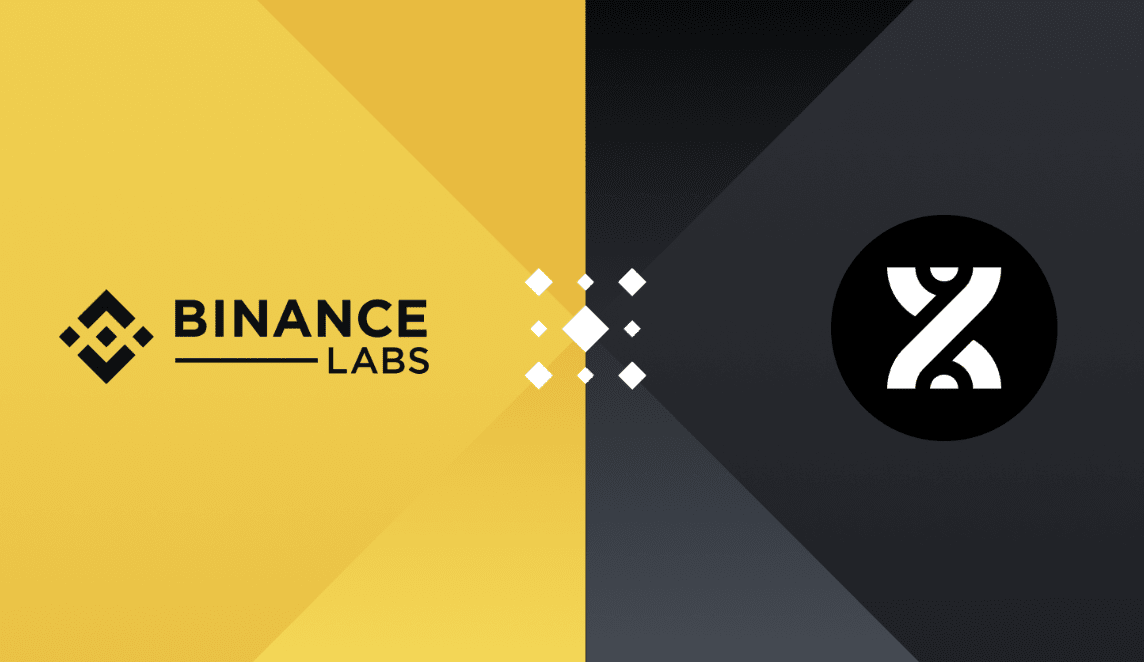
In the crypto world, BTC has always been the most liquid yet least productive asset. Despite the DeFi sector developing for many years, Bitcoin's capital efficiency issue remains unresolved. The emergence of BounceBit attempts to break this deadlock by creating a hybrid framework of CeFi and DeFi, allowing BTC holders to activate asset yield potential without sacrificing security. This attempt is not a simple concept stitching but a buildable solution through a series of technical integrations and compliant designs.
When CeFi meets the pragmatic integration of DeFi
BounceBit's core innovation lies in its CeDeFi architecture—neither a purely on-chain protocol nor a traditional centralized finance replica. Its design logic is clear: by locking user assets through regulated custody services (like Ceffu's MirrorX), ensuring compliance, and then mapping these assets' 'mirrors' onto the chain for transparent management. This design cleverly avoids the custody controversies of pure DeFi while retaining on-chain verifiability.
This dual-track system is not for conceptual hype. From a practical operation perspective, when users deposit BTC, their assets first enter a compliant custody account, and then through cross-chain technology (such as LayerZero), corresponding certificates are generated on the BounceBit chain. This process satisfies institutional-level risk control requirements while paving the way for subsequent DeFi operations. Compared to a purely cross-chain bridge solution, BounceBit's custody layer provides stronger legal certainty, which is particularly important for traditional capital.
Diversity of yield strategies experimentation
BounceBit's yield mechanism is not a one-size-fits-all design. The platform offers a variety of choices ranging from automated pools to manual strategies, and even introduces professional-level tools like Delta neutral arbitrage. This layered design reflects its segmentation of user needs:
- Passive earners can obtain stable returns through automated compound pools, which may involve basic DeFi protocols such as lending or staking;
- Active managers can participate in funding rate arbitrage and other strategies, which are executed by professional quantitative teams that profit from price discrepancies between exchanges.
It is worth noting that its 'deposit and withdrawal' mining feature with CEXs like Binance essentially incorporates centralized liquidity into the yield system. This design, while sacrificing some degree of decentralization purity, significantly enhances capital utilization—after all, the vast majority of BTC liquidity is still concentrated on exchanges.
The practical significance of cross-chain compatibility
By integrating LayerZero, BounceBit achieves seamless management of multi-chain assets. This technical choice is quite meaningful: LayerZero's omnichain interoperability allows users to maintain a unified account view while deploying assets across different chains. For example, users can uniformly allocate WBTC from Ethereum and BTC-pegged assets from Solana to participate in staking on the BounceBit chain without repeatedly exchanging across chains.
This design directly addresses the pain points of the current multi-chain ecosystem. Many DeFi protocols are limited by single-chain liquidity, while BounceBit's cross-chain architecture essentially builds a liquidity aggregation layer for BTC assets. On the data front, by 2024, the total locked value of cross-chain bridges has exceeded $10 billion, but security issues are frequent. BounceBit finds a compromise between efficiency and security through the combination of custody mirrors and LayerZero.
Democratizing professional strategies
Delta neutral strategies are common in traditional finance but remain niche in the crypto space. BounceBit introduces it into the CeDeFi framework, driven by the consideration of diversifying revenue sources. Funding rate arbitrage essentially hedges market risks by going long on spot and short on futures, earning the funding rate difference. The returns from this strategy are decoupled from BTC price volatility, making it suitable for bear market conditions.
However, such strategies usually require high-frequency monitoring and complex position management. BounceBit's solution is to collaborate with professional teams to package strategies as standardized products. This 'professional strategy + retail interface' model resonates with the trend of ETFization in the traditional asset management industry. According to historical backtesting, the annualized funding rate arbitrage of top quantitative teams can reach 15%-30%, but the volatility is much lower than that of spot holdings.
Potential market positioning
The competitive analysis of BounceBit is thought-provoking. Compared to purely re-staking protocols like EigenLayer (focusing on ETH), BounceBit chooses BTC, a much larger existing market; compared to CeFi wealth management platforms like Amber Group, its on-chain transparency is even more persuasive. This differentiated positioning may attract two types of users:
1. Long-term BTC holders: Hope to earn returns but are unwilling to take on futures contract risks;
2. Cross-chain DeFi users: Need unified management of BTC-pegged assets scattered across multiple chains.
From the TVL growth curve, early participants' APY may appear attractive, but long-term value still depends on the sustainability of the strategies. A key observation point is whether its deep integration with CEXs can be sustained—after all, exchanges themselves are also launching similar wealth management products.
Challenges and trade-offs of technology implementation
Despite the sophisticated architectural design, BounceBit must still confront real-world constraints. Custodial reliance means users must trust third-party institutions like Ceffu, which creates tension with Bitcoin's fundamental 'self-custody' philosophy. Additionally, while cross-chain mirrors increase flexibility, they also raise the attack surface at the smart contract level.
However, from an engineering perspective, these trade-offs may be necessary. A fully decentralized BTC yield solution has yet to emerge as a mature case, while BounceBit's hybrid framework at least offers a verifiable path. Its success will ultimately depend on whether actual yields can consistently outperform alternatives (such as the risk-free rate of spot ETFs).
In conclusion
BounceBit's attempt reveals an industry trend: crypto finance is moving from extreme positions (pure CeFi or pure DeFi) towards practical integration. Its value lies not only in the technical solution but also in validating the feasibility of a hybrid model of 'compliant custody + on-chain operations.' For the BTC ecosystem, this could be a significant release of productive capacity—after all, trillions of dormant capital require more efficient awakening methods.

